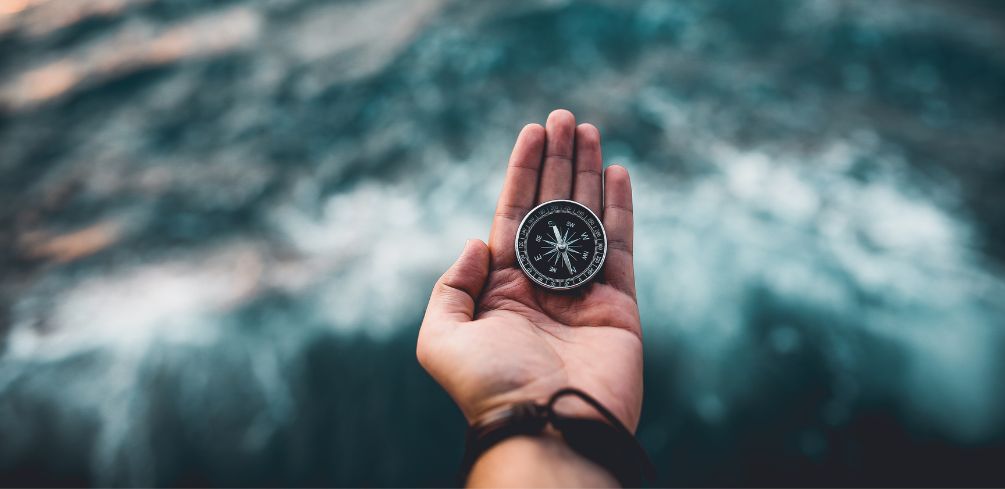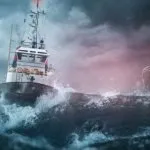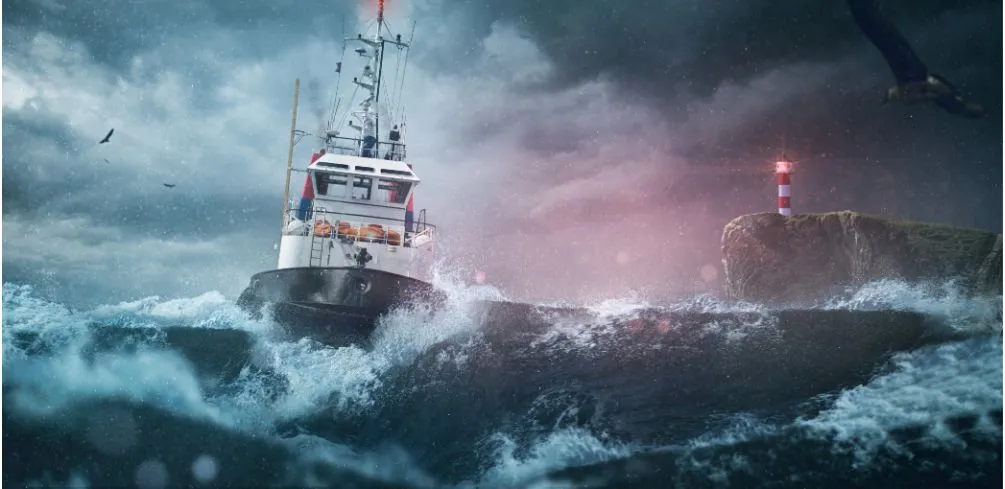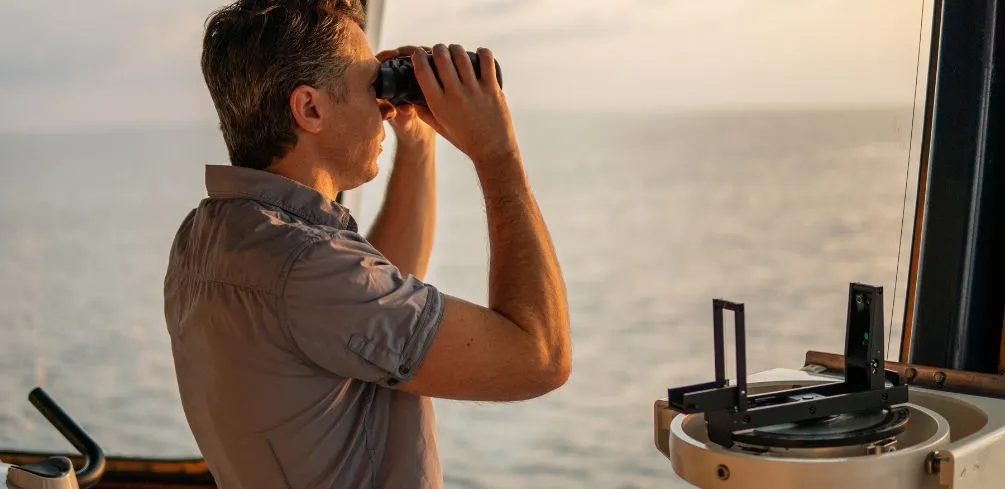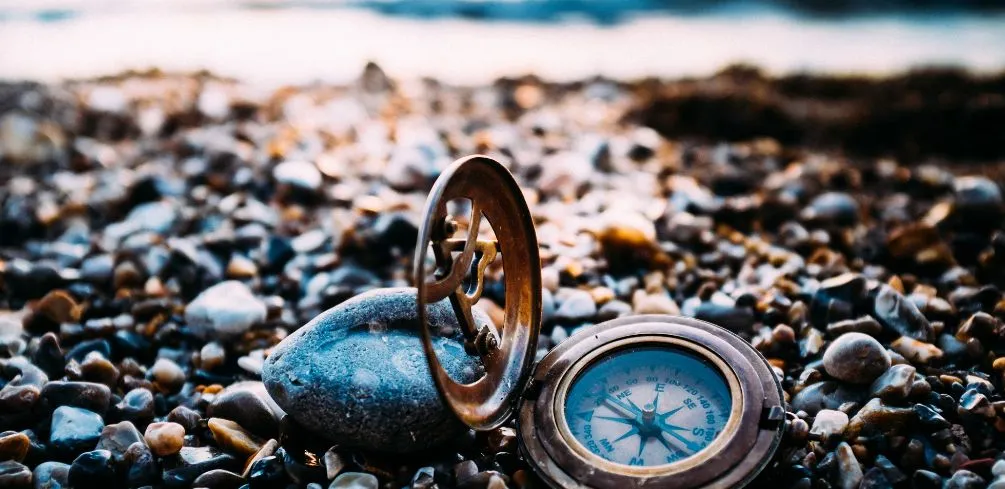Navigating the ocean can be a thrilling and exciting adventure, but it can also be incredibly dangerous. With so much unpredictability in the waters ahead, it’s essential to know how to avoid common mistakes that could put you and your vessel in harm’s way. I’ve compiled some of the most common errors to watch out for when sailing the seas so you can make the most of your journey while staying safe.
The first mistake many sailors make is not having an up-to-date map of the area they’re navigating. It’s important to know where you are at all times and have a plan for getting from point A to point B, whether that means having a paper map or using GPS technology. Without this information, it’s easy to get lost in unfamiliar waters and end up in areas you weren’t planning on visiting.
Another error many boaters make is failing to check their equipment before heading out. Make sure all of your equipment is functioning properly before setting sail, and double-check that any safety gear is in good condition, such as life jackets and fire extinguishers. Not being prepared can lead to serious consequences if something goes wrong while out on the water, so be sure everything is secure before leaving shore.
With these tips in mind, you’ll be well on your way to avoiding common errors when navigating the ocean! In the following sections, let’s dive deeper into each of these mistakes and explore more ways to keep yourself safe while exploring these deep blue waters.
Understanding Ocean Topography
Navigating the ocean can be a daunting and dangerous task, but with a proper understanding of ocean topography and an appreciation for the immense power of the sea, sailors can avoid many common errors. To begin with, one should understand the basics of oceanography. This includes knowing how to read seafloor maps and recognizing terrain features like reefs, sandbars, and channels.
Plus, it is essential to be aware of wave patterns in order to predict potential storms or changes in currents. Lastly, one should also take note of marine life that could pose obstacles or cause other disruptions on a voyage. All these components are essential for safe and successful seafaring.
By being aware of ocean topography and its features, sailors can gain valuable insight into the risks they may encounter while navigating the oceans. Without this knowledge, their journey could turn from an exciting adventure into a disaster filled with regretful mistakes.
Preparing For Unpredictable Weather Conditions
Now that you understand ocean topography, it’s essential to prepare for unpredictable weather conditions. The marine environment can change quickly, and it’s important to stay up-to-date on forecasts and predictions. This includes paying attention to any warnings or advisories issued by your local coast guard or other marine authority.
It’s also important to make sure your vessel is equipped with the right safety gear. Make sure you have an updated chart of the area you plan to travel in, as well as a working GPS system in case of emergency. It’s also wise to carry a VHF radio and have access to weather forecasting services such as NOAA or Marine Weather. This will help you stay informed of any potential storms or hazardous conditions that may be headed your way while at sea.
Having proper planning ahead of time is key when navigating the ocean, especially during uncertain weather conditions.
Have a plan in place so that if something arises, you know exactly what to do and how best to handle the situation. Pay attention to all signs and ensure you are taking all necessary precautions before setting out on your voyage – this is the best way to avoid common errors and navigate safely in an ever-changing ocean environment.
Avoiding Reefs And Shallow Depths
Sailing the seas can be an exhilarating experience, but it comes with a range of navigation hazards that are best avoided. Reefs and shallow depths are two of the most common underwater obstacles that can cause significant damage if not identified and navigated with caution. To ensure safe passage across the ocean, it is important to take measures to avoid reefs and shallow depths by studying sea floor mapping before setting off on your journey.
The first step to avoid reefs is to become familiar with the local area you will be navigating in. Get to know where any nearby reefs may be located, as well as any areas of shallow depth, so that you can plan your route accordingly and avoid them.
An excellent way to do this is by consulting a chart or map prior to your trip. This will give you a better understanding of the ocean floor and allow you to plan an alternate route should you need one. It is also a good idea to invest in up-to-date seafloor mapping technology, such as sonar or radar, which can provide detailed information about the area and help identify potential hazards ahead of time.
When out at sea, keep an eye out for signs of shallow depths and reefs such as changes in water color or wave pattern. If there are any visible signs of danger, then slow down and proceed with caution – often, these underwater obstacles are difficult to spot until it’s too late.
It’s also important to pay attention to tide tables for tides that could potentially shift sand bars and reveal hidden rocks or reefs during low tide conditions. By being aware of these navigation hazards before they become a problem, you can ensure a safe journey across the ocean without experiencing any unexpected surprises along the way!
Using The Right Navigation Equipment
Now that you have some understanding of how to avoid reefs and shallow depths, it’s important to know how to use the right navigation equipment. Using marine navigation equipment, navigational aids, and nautical charts is essential for safe navigation. It is also important to understand global positioning and electronic navigation systems.
Global positioning and electronic navigation systems provide an accurate way of plotting a course and can help sailors avoid dangerous areas such as reefs and shallow depths. By using these systems, mariners can identify geographic features on a map or chart in order to determine their location as well as the location of any hazards.
Additionally, these systems provide detailed information about winds, currents, weather conditions, and other navigational aids, such as buoys or lighthouses that may be nearby.
Using the right navigation equipment can make a huge difference when navigating the ocean’s waters safely. It is important to be familiar with all types of navigational aids in order to ensure your safety while at sea.
Taking the time to learn how they work will help you avoid making mistakes that could put you in danger or lead to costly repairs. Knowing how to properly use marine navigation equipment can help keep you safe on your voyage!
Calculating Fuel Usage And Range
Navigating the ocean can be a treacherous journey, full of unknowns and potential hazards. Calculating fuel usage and range is one way to help ensure a safe voyage. Just like preparing for any journey, it’s important to plan ahead when setting sail, and this includes calculating fuel consumption and estimating the range of your vessel.
Fuel efficiency is an important factor to consider when calculating fuel usage and range. Knowing how much fuel you need for a certain distance or time period will help you plan for refueling stops along the way and ensure that you don’t run out of gas in the middle of the sea.
It’s also important to take into account any environmental factors such as weather, currents, or obstacles that may affect your fuel consumption rate. By taking these things into consideration, you can make more accurate estimates of your fuel usage and range calculations.
Having a good understanding of your vessel’s fuel requirements will give you peace of mind while sailing so you can focus on enjoying the voyage rather than worrying about running out of gas. With proper planning and preparation, you can set sail confidently knowing that you have taken all necessary steps to calculate your fuel usage and range with accuracy.
Frequently Asked Questions
What Is The Best Type Of Boat To Use For Ocean Navigation?
When it comes to ocean navigation, selecting the right type of boat is an essential part of a successful voyage. Whether you are navigating shallow coastal waters or taking your boat on a long journey across the open ocean, there are certain types of boats that will be better suited for the task.
The most important factor to consider when selecting a boat is its size and shape, as this will determine how well it performs in different kinds of sea conditions. Boats with a wider beam and deeper draft are great for navigating ocean swells due to their stability and buoyancy.
It is also important to choose a boat that can carry enough fuel for your voyage, as well as any additional supplies you may need along the way. Additionally, having an onboard navigation system is essential for safe navigation at sea.
Finally, understanding local ocean currents and weather patterns is essential for choosing the best route for your journey. By researching these factors before setting out on your voyage, you can make sure that your boat is suitable for safely navigating whatever conditions you may encounter during your trip.
With proper planning and preparation, you can have a safe and enjoyable experience while sailing on the open seas.
How Can I Stay Aware Of Changing Ocean Currents?
Navigating the ocean can be daunting, but with the right strategies and knowledge of changing ocean currents, you can stay safe and aware. Ocean current navigation is an important part of any successful ocean navigation plan. Knowing how to stay aware of changing ocean currents is essential for a safe and successful journey.
The best way to stay aware of changes in ocean currents is by closely monitoring weather patterns along your route and preparing for any potential changes in the current. Before setting sail, take the time to research areas that are prone to strong currents or have other known dangers, like coral reefs or shallow waters.
By doing so, you can better prepare for any potential issues that might arise during your voyage. Additionally, having updated charts on hand throughout your journey will help you remain cognizant of any shifting currents or other navigational hazards.
It’s also important to be aware of other vessels in your vicinity during your journey. While out on the water, it’s wise to keep an eye out for large ships that may pass through areas with strong currents, as they could potentially disrupt navigation paths or cause dangerous riptides.
By being mindful of other vessels and regularly checking on their location relative to yours, you can ensure a safe and successful voyage through ocean waters.
Staying aware of changing ocean currents is key to a safe and successful journey across the seas. Knowing how to prepare for possible changes in the current along your route will help make sure you arrive at your destination safely – no matter what Mother Nature throws at you!
What Should I Do If I Encounter A Large Wave While Navigating?
Navigating the ocean can be a thrilling experience, but it is important to stay aware of potential danger. One of the biggest safety concerns when navigating the ocean is encountering a large wave. It’s essential to be prepared if you come face to face with an ocean wave while navigating.
When you encounter a large wave while navigating, the most important thing is to remain calm and take immediate action. The first step is to reduce speed and prepare for the wave impact. You should also check that your boat is properly balanced and make sure all passengers are safely seated.
Once you have done this, it’s time to focus on staying safe during the wave impact. Make sure everyone onboard is wearing lifejackets or other safety gear, and keep your hands and feet clear from any moving parts in case of sudden stops or jerks from the wave impact.
Taking preventative measures before navigating can also help ensure sea safety. Make sure you check for changing ocean currents and plan accordingly so that you can avoid large waves as much as possible.
Furthermore, ensure that all navigation equipment onboard is functioning correctly and that everyone has proper training in how to handle these situations if they arise. With these steps taken, you will be prepared when faced with a large wave while navigating and have peace of mind knowing that your safety is taken care of.
What Is The Most Reliable Navigation System To Use While Out At Sea?
When it comes to navigating the ocean, having a reliable navigation system is key. After all, you don’t want to find yourself in a situation like the crew of the HMS Beagle did in 1830 – when they were forced to turn around due to their unreliable navigational equipment.
There are many different marine navigation systems available today that can help you get where you need to go with confidence. From GPS systems and radar guidance systems to electronic charting and satellite imagery, there’s something out there for every ocean voyage.
Here’s a list of some of the most reliable options:
- GPS Systems: Global Positioning Systems (GPS) are one of the most widely used navigational aids for sea voyages. They provide real-time information about your location, speed, heading, and other important data that can be used for route planning and navigation.
- Radar Guidance Systems: Radar is an invaluable tool for safe navigation at sea, providing an accurate picture of what lies ahead. Radar guidance systems also allow mariners to detect potential hazards before they become visible on visual displays such as charts or maps.
- Electronic Charting Systems: Electronic charting systems provide comprehensive mapping capabilities that can be used to plot routes, plan detours around obstacles, and even calculate distances between two points. They also provide valuable information about tides and currents that can help mariners make informed decisions while out at sea.
For those who prefer a more traditional approach, paper charts remain the gold standard for plotting courses over long distances or deep waters. Combined with modern technology such as GPS or radar guidance systems, paper charts can provide mariners with an extra layer of safety when navigating unfamiliar waters or areas with poor visibility conditions.
Navigating the ocean requires careful planning and preparation – but with the right navigational tools at your disposal, you can rest assured that your journey will be successful and trouble-free!
How Can I Ensure I Have Enough Fuel For My Voyage?
Navigating the ocean is an exciting and potentially dangerous experience, so it’s important to plan ahead and make sure you have enough fuel. To ensure your voyage goes as smoothly as possible, you’ll need to consider your fuel requirements, fuel capacity, fuel reserves, and fuel consumption. With some thoughtful fuel planning, you can be confident that you won’t run out of gas while at sea.
The first step in preparing for your voyage is to calculate how much fuel you’ll need. This will depend on the size of your boat and the length of time you intend to spend out on the ocean. You should also take into account any potential detours or any additional stops you might make along the way.
Once you have a rough estimate of how much fuel you’ll need, you can then look at your boat’s fuel capacity and determine whether or not it’s sufficient for your journey.
It’s also important to include a buffer for emergency situations when planning for fuel reserves. If possible, try to add around 10-15% onto your estimated amount in case of unexpected delays or weather conditions, which could increase your fuel consumption rate.
You should also check the condition of your engine before leaving land; if it isn’t running efficiently, this could cause unexpected problems with regard to how much gas it takes to get from A to B.
Finally, once all these factors have been taken into consideration and any potential issues addressed, it’s time to set sail! With adequate preparation and proper planning, there’s no reason why your voyage shouldn’t be a successful one – just make sure you’ve got enough fuel on board before heading out into open waters!
Conclusion
Navigating the open ocean can be a daunting task, but with the right preparation and knowledge, you can avoid many common errors. To make sure your voyage is as safe and successful as possible, take the time to research the type of boat suitable for your journey, stay informed about changing currents, know what to do if you encounter a large wave, use reliable navigational equipment, and make sure you have enough fuel.
Some might argue that getting all this information and preparation will take too long or cost too much. But when it comes to ocean navigation, it is better to be safe than sorry. Investing the necessary time and resources into preparing yourself before embarking on your journey will give you peace of mind while out at sea.
Not only will it save you from costly mistakes that could put you in danger, but it will also ensure that your journey is enjoyable and memorable for all the right reasons.
In conclusion, navigating the ocean may seem like an intimidating endeavor, but proper preparation and knowledge can help ensure a successful and enjoyable experience. Do your research beforehand so that when it comes time to set sail, you are well-prepared for whatever may come your way!
